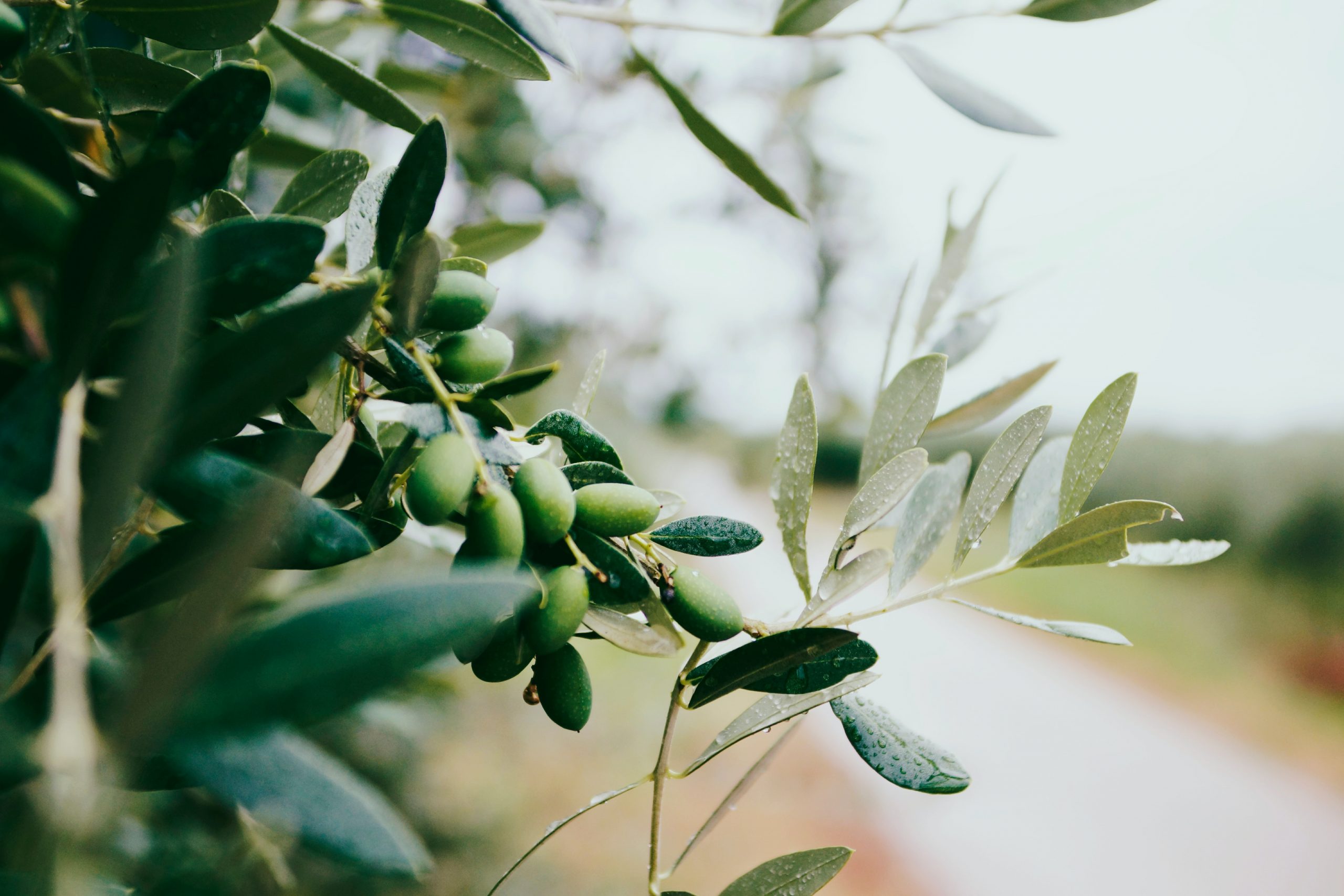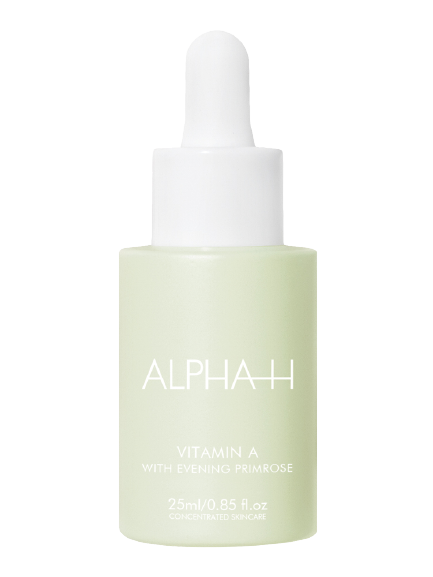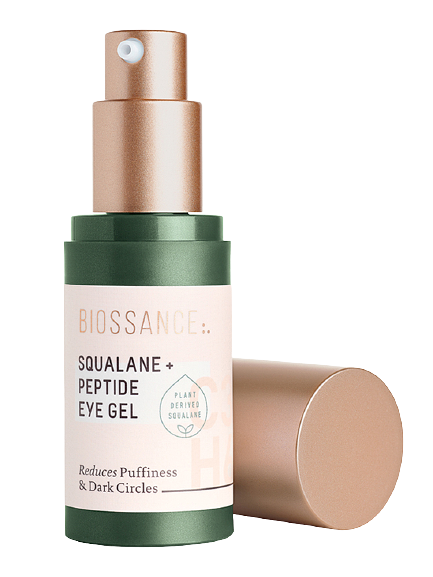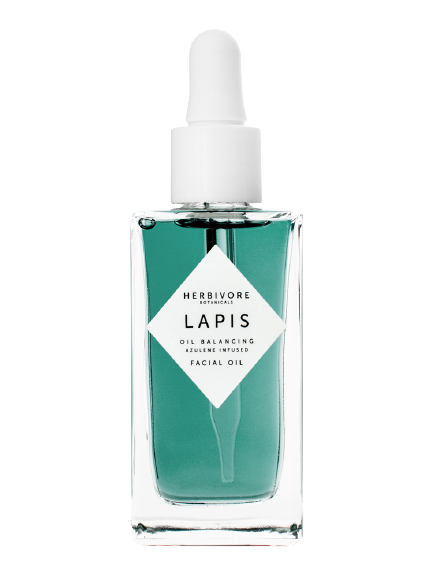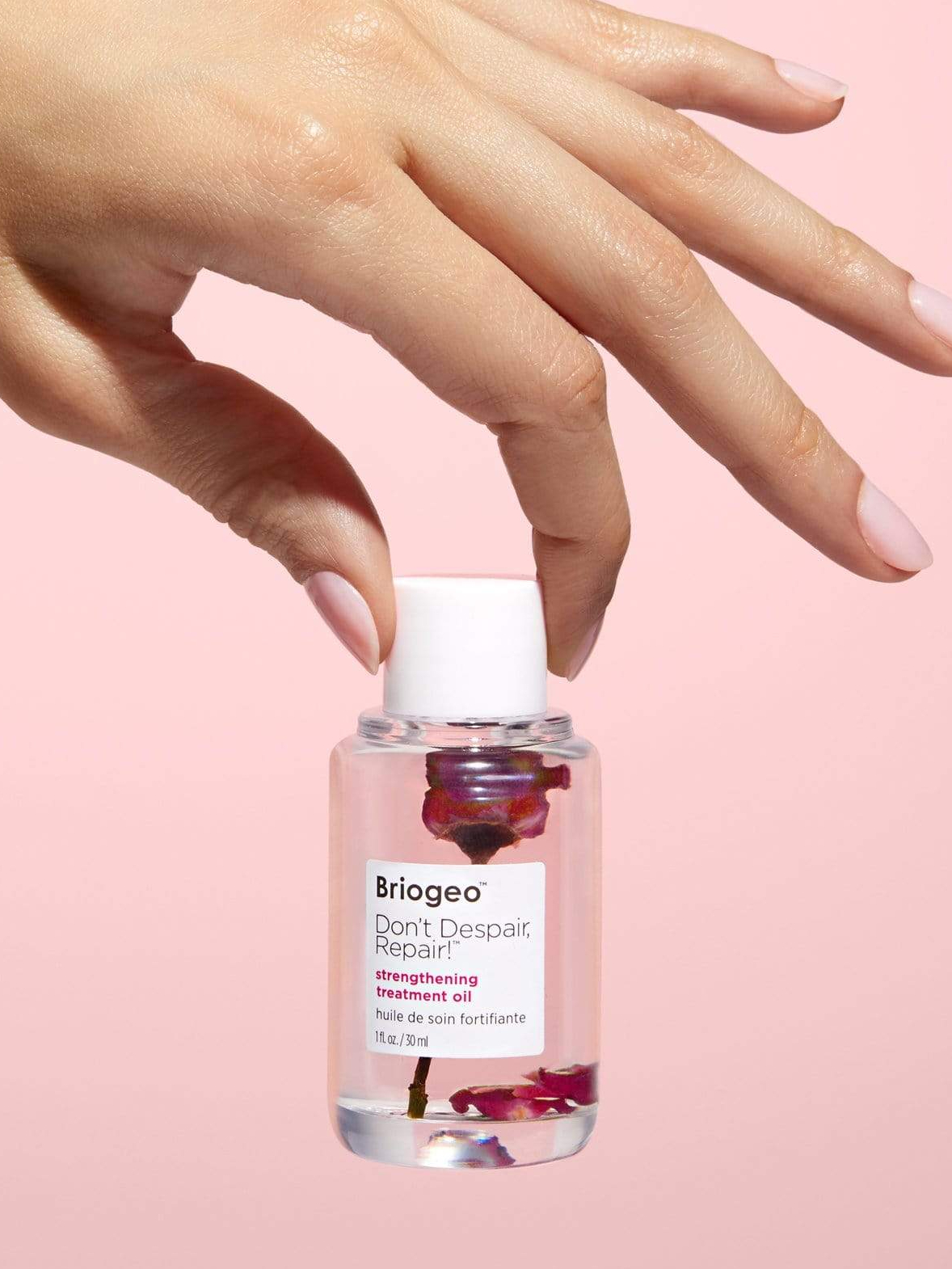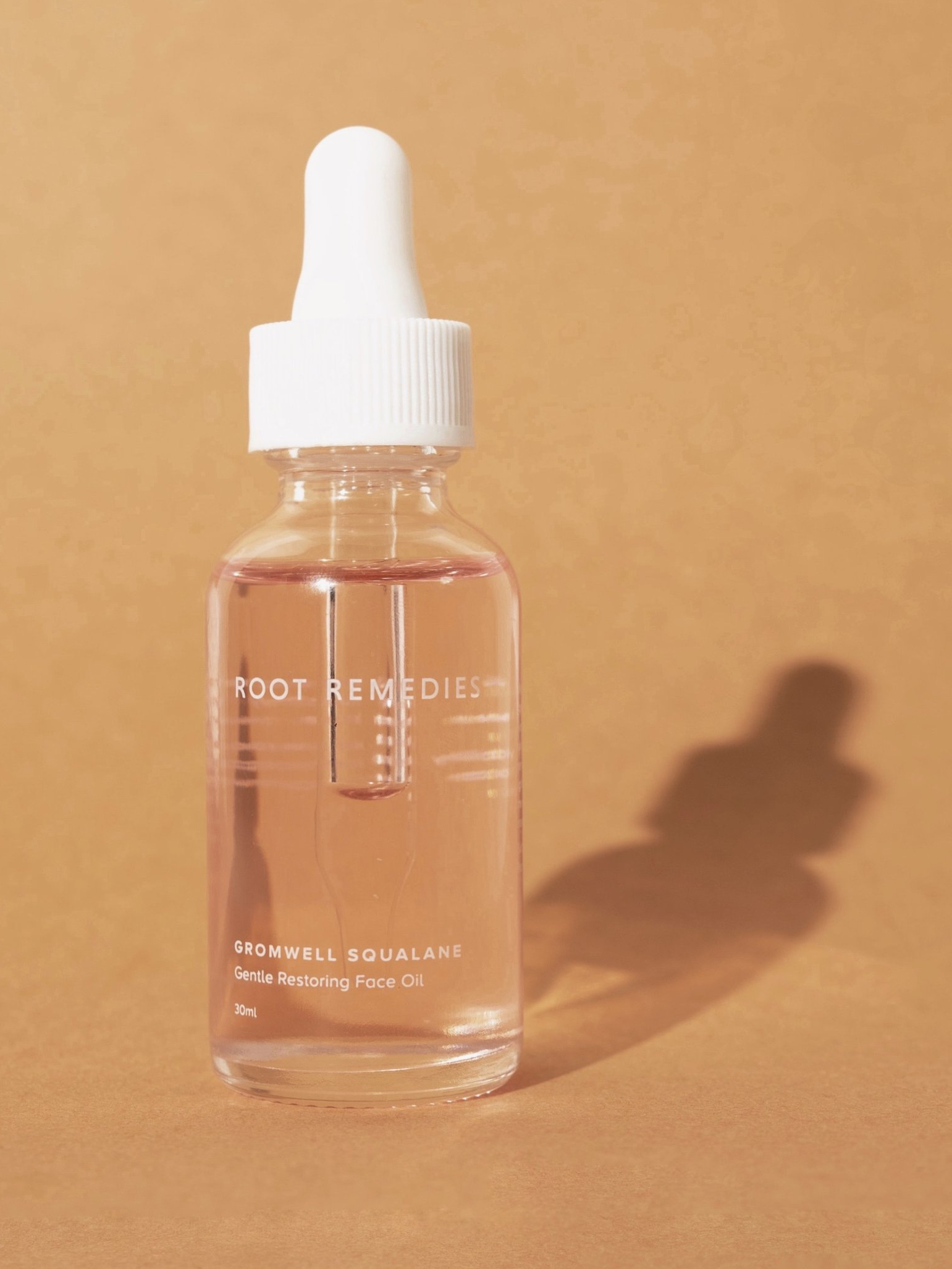When it comes to navigating through the countless ingredients in the skincare world, we’re already overwhelmed with the various types of exfoliating acids, humectants, and the like to help us fix our skincare woes.
Then there’s squalene…or is it squalane? While it may come across as a spelling error, squalene and squalane are actually two separate skincare ingredients that have their own similarities and differences. The latter is now one of the most popular skincare ingredients to exist that can exist alone in a product, or used in a formula to give you glass skin-worthy results. But if you need more clarification between squalane and squalene, and how they work in your routine, keep on reading.
What is Squalene?
Squalene is basically a colourless lipid that’s naturally produced by the human body, and can even be found in plants and animals. Along with triglycerides and wax esters that make up our skin’s sebum, squalene is one of the many lipids that the body produces to protect the skin and keep it moisturised.
However, as we age, our natural production of squalene slows down significantly – especially from our 30s onwards. Unfortunately, squalene in its natural state isn’t very stable, and oxidises easily – leaving its benefits with a very short shelf life.
Another downside to squalene is that it is commonly extracted from the liver of sharks, which isn’t just cruel and unsustainable, but also puts some species of deep-sea sharks in danger of going extinct. Sadly, it’s a practice that still exists today since shark liver squalene is much cheaper to obtain compared to plant-derived squalene such as olives and rice bran.
This is where Squalane comes in
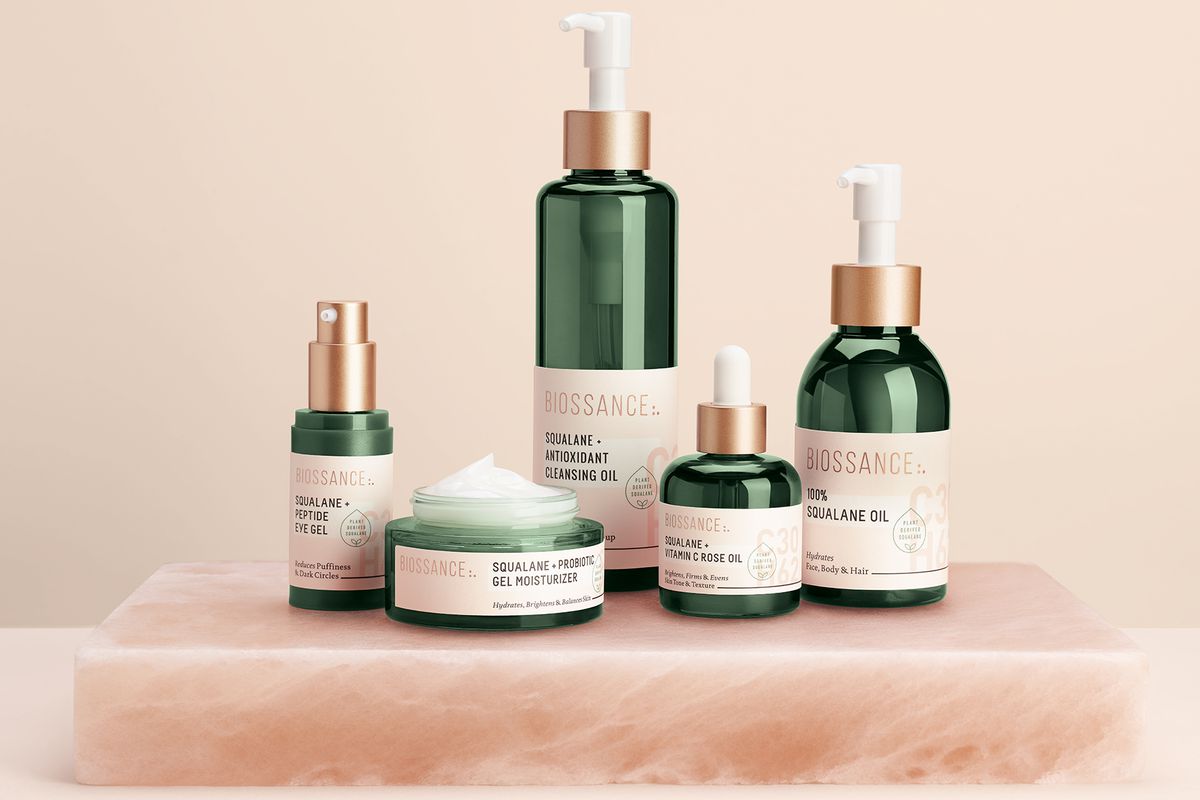
Squalane, on the other hand, is a a saturated derivative of squalene that’s created through hydrogenation. This process helps to stabilise squalene by converting it from an unsaturated oil to a saturated oil, so that it becomes more skin-friendly and resistant to oxidisation. Compared to squalene, squalane boasts a longer shelf life and is more effective in restoring the balance to your skin’s moisture levels.
You may also like: Interested in using facial oils? Here are the best ones for every skin type.
Thanks to its emollient properties, similarity to our skin’s natural sebum, and ultra-weightless texture, squalane is a great beginner’s oil and an easy ingredient to incorporate into your skincare routine. It works by balancing, repairing, and deeply hydrating your skin without adding on that heavy, greasy feeling, while improving your skin’s texture. Because it sinks so easily into the skin, has protective benefits against external stressors and has anti-inflammatory properties, squalane is also suitable for all skin types – including dehydrated, oily, acne-prone, and sensitive skin types.
Fortunately, many beauty brands on the market now have jumped onboard sourcing plant-based squalane, from beetroot to sugarcane. If you’re ever worried about where your beauty brand sources its squalane, it only takes a few Google searches to find out if your conscience is clear.
Squalane in your routine
You can easily find hydrating and moisturising products on the market that includes squalane in their ingredients list, or the standalone squalane oil for those who prefer a minimal routine.
If you’re not using a specially formulated product, you can easily use 100% squalane as a multipurpose oil. Whether you need to soothe and hydrate dehydrated, irritated skin; nourish dry hair; or moisturise your cuticles. It’s also great as a basic moisturiser that ranks low on the comedogenic rating, so even acne-prone skin types are able to use it.
To get started in incorporating squalane into your skincare routine, here are some of our favourite picks:
Product images courtesy of the respective brands.
Featured image: Unsplash




